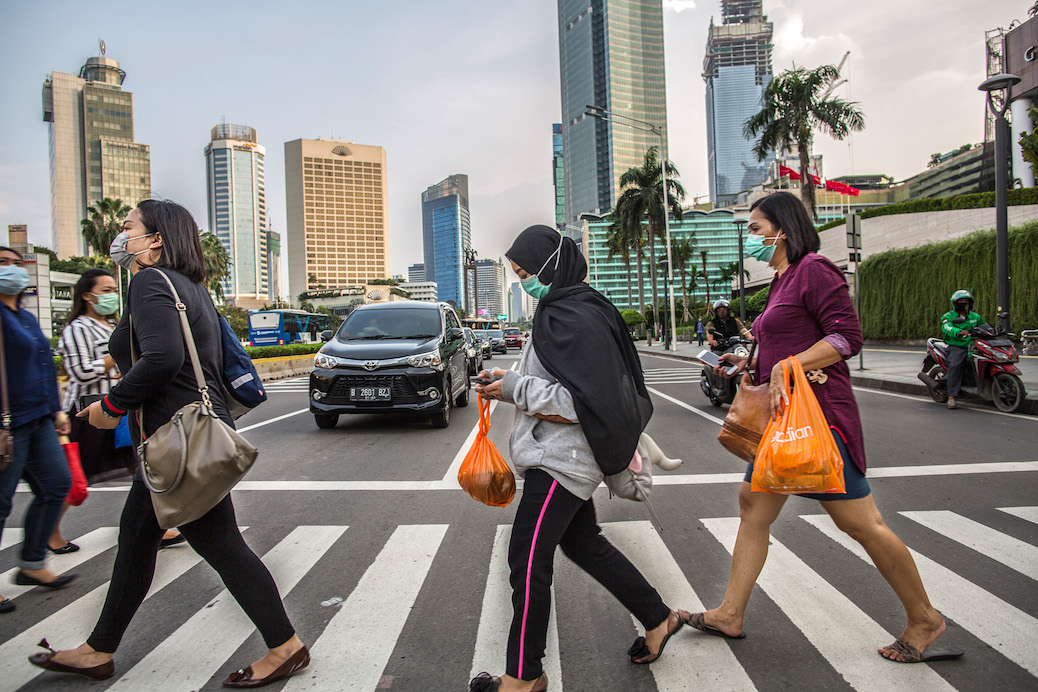Southeast Asian economies continue to recover in the wake of the COVID-19 pandemic. The Asian Development Bank (ADB), however, slightly revised down its forecast to 4.6% from 4.7% in 2023 and to 4.9% from 5.0% in 2024. Weaker global demand for manufactured exports slowed growth even as domestic demand remained intact.
According to the just-released Asian Development Outlook (ADO) July 2023, private consumption continued to be the primary driver of economic growth in the first half of 2023, buoyed by improved labor market conditions and income across Southeast Asia.
Revenge travel continues to lift tourist arrivals and related activities. The recovery of the People’s Republic of China (PRC), while still subdued, supports demand for agricultural exports from the region.
Except for Southeast Asia, ADB is maintaining its growth forecasts for most regions in Asia and the Pacific, according to a news release.
Continued recovery
The growth outlook for developing economies in Asia and the Pacific is projected at 4.8% this year, as robust domestic demand continues to support the region’s recovery.
Inflation is expected to continue falling, approaching pre-pandemic levels as fuel and food prices decline. Inflation in developing Asia is forecast at 3.6% this year, compared with an April forecast of 4.2%. The inflation outlook for 2024, meanwhile, is raised to 3.4% from an earlier estimate of 3.3%.
Asia–Pacific’s growth is also bolstered by the reopening of the PRC. The PRC’s economy is projected to expand 5.0% this year, unchanged from ADB’s April forecast, amid strong domestic demand in the services sector. However, demand for developing Asia’s exports of electronics and other manufactured goods is slowing, as monetary tightening drags on economic activity in major advanced economies. Developing Asia’s growth forecast for next year is marginally revised down to 4.7% from a 4.8% estimate in April.
“Asia and the Pacific continues to recover from the pandemic at a steady pace,” said ADB Chief Economist Albert Park. “Domestic demand and services activity are driving growth, while many economies are also benefiting from a strong recovery in tourism. However, industrial activity and exports remain weak, and the outlook for global growth and demand next year has worsened.”
Outlook for BIMP-EAGA economies
Indonesia. ADB kept its growth forecast for Indonesia in 2023 at 4.8%. The country’s gross domestic product (GDP) grew by 5.0% year-on-year in the first quarter of 2023, little changed from the fourth quarter of 2022, but lower than the pre-pandemic quarterly average of 5.3%
Despite normalization, domestic demand grew only modestly, as is expected in the full year. Consumption has shown no signs of revenge spending, and investment growth is held down by businesses’ wait-and-see attitude. Export growth slowed on base-year effects and lower demand from trade partners, which is expected to persist.
Malaysia. Private consumption underpinned Malaysia’ economic growth. Similarly, ADB kept its growth forecast for Malaysia in 2023 at 4.7% in 2023 and 4.9% in 2024. GDP growth was at 5.6% year on year in the first quarter of 2023, much lower than 7.1% in the previous quarter.
Private investment rose by 4.7% in the first quarter as firms continued to increase their capacity and construction revived. Public investment also grew by 5.7% in the first quarter as government corporations lifted capital expenditure.
Philippines. ADB maintained its GDP forecast for the Philippines at 6.0% in 2023 and 6.2% in 2024. Robust investment and private consumption drove growth by 6.4% year on year in the first quarter, supported by rising employment, expanding production and retail sales, and brisk private and public construction. However, net exports weighed on GDP. Merchandise export declined, partly offset by expansion in service exports.
Tourism bounced back, and growth remained strong for business process outsourcing and information services.
For other economies in the region, ADB raised its 2023 forecast for Thailand to 3.5% from 3.3%, and lowered projections for Singapore to 1.5% from 2.0% and Viet Nam to 5.8% from 6.5%.
